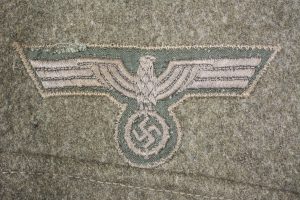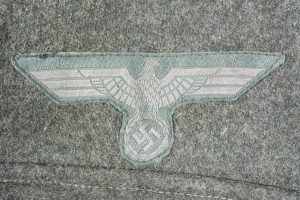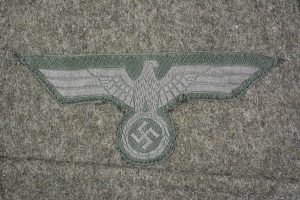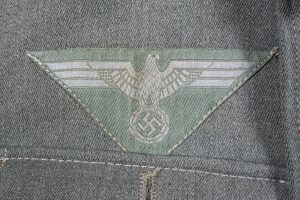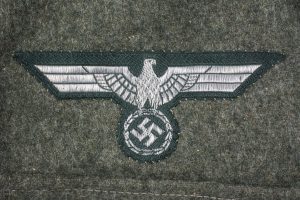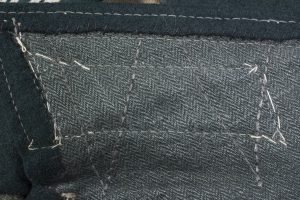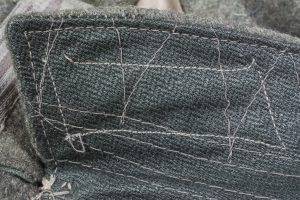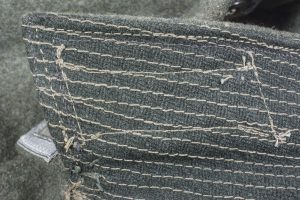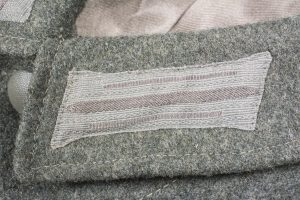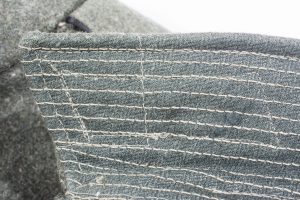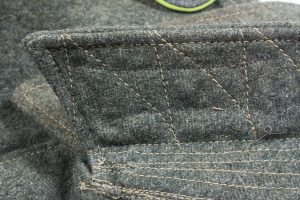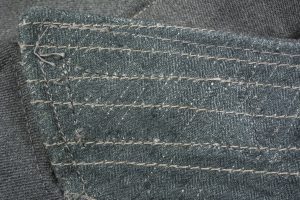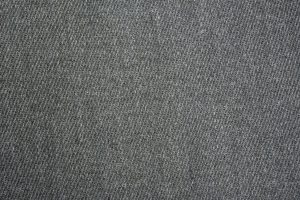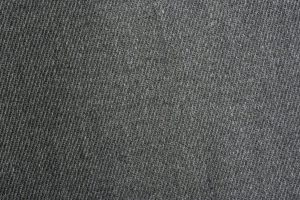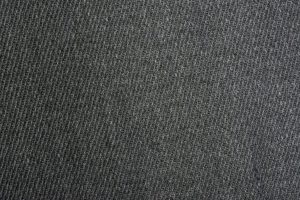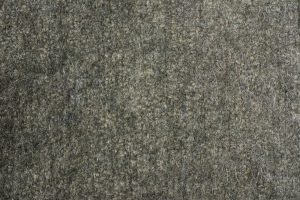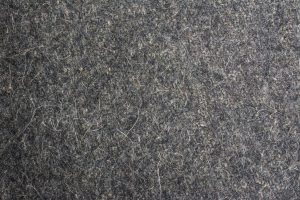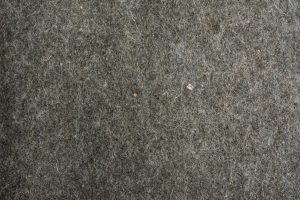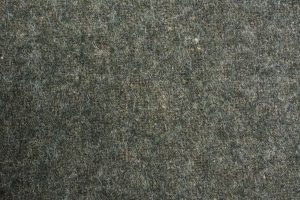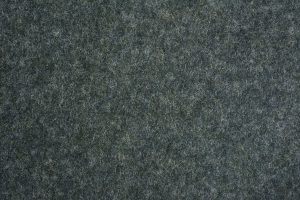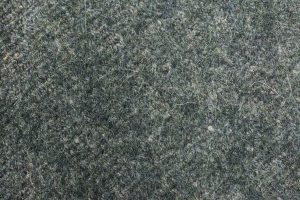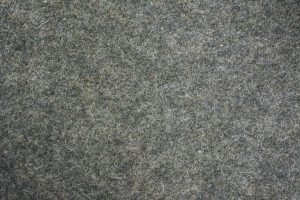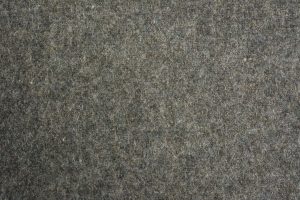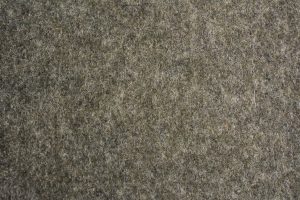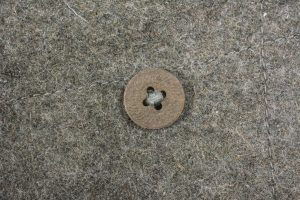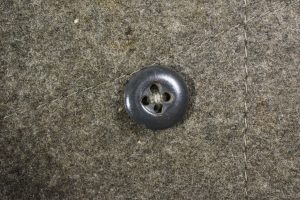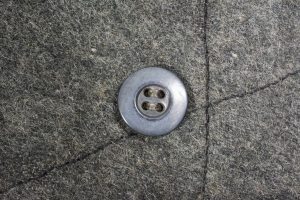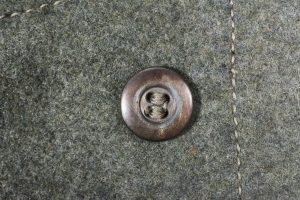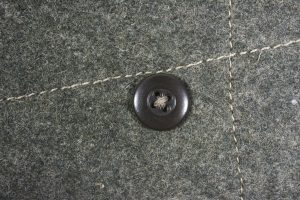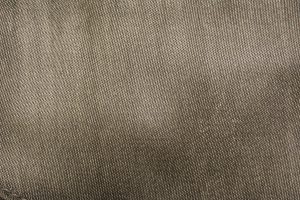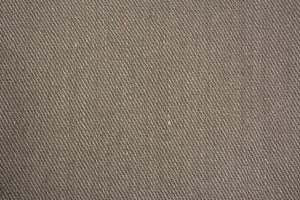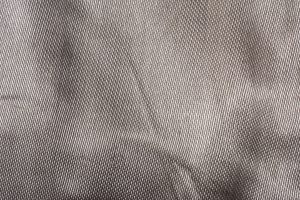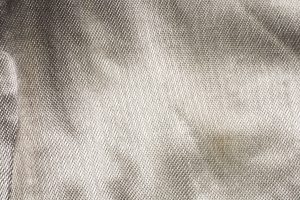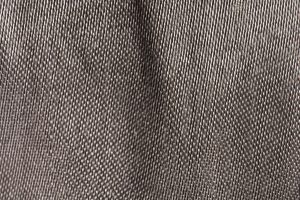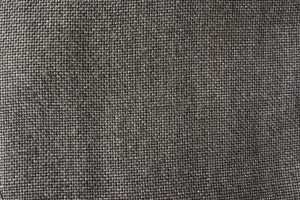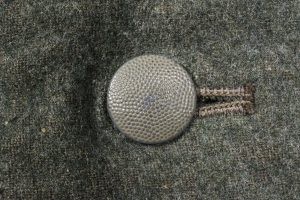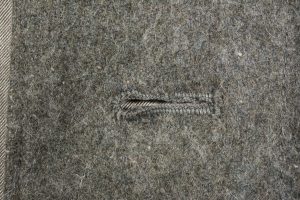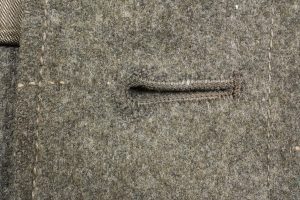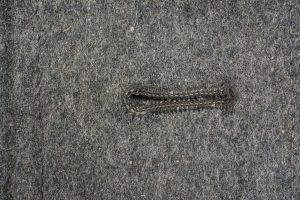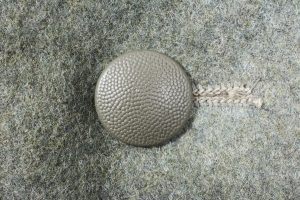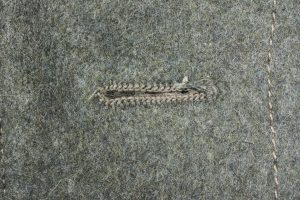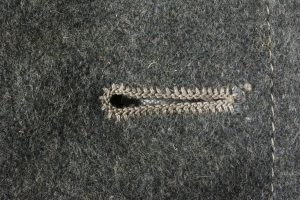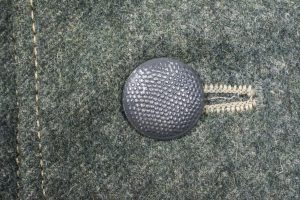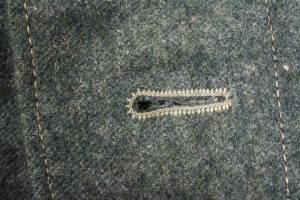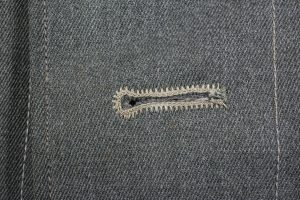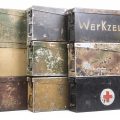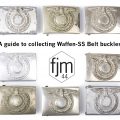About Feldgrau; M43 Heer Feldblusen details and variants
I’ve always liked the differences in the German army field equipment. I will focus on the hard details such as insignia, buttons and cloth. Markings, makers and cut I will address in another article later. Here is a small selection of details that are nice to compare and study. I’ve tried to get all of the exact same details in the same order. Photographing 9 similar Heer Feldblusen of the M42 and M43 pattern. It is nice to study individual pieces but its better to see them next to each other; photographed in the exact same light, colour balance and camera settings. I was asked what was the correct colour of Feldgrau. There isn’t a easy answer. The uniforms studied below are all post 1942 manufacture and where produced in a period with civilians being asked to hand in any spare or damaged clothing for recycling. Studying these wool garments under microscope shows the wool with a insane variety of coloured fabrics that testify for this interesting feature.
Breast eagles or Hoheitsabzeichen des Heeres
Einheitskragenspiegel, Kragenlitzen or collar tabs. These originally signified the branch of troops of the wearer; but around 1938 the Einheitskragenspiegel was introduced in dark green. These where (officially) fased out may 1940 but can rarely still be seen factory applied on M42 tunics. The grey Einheitskragenspiegel come in a large spectrum of light grey and dark grey. They are mostly fully machine sewn with sometimes the far ends folded and finished by hand. I’ve never encountered these fully hand applied and I presume that a good rule of thumb on figuring out wether they are factory sewn depends on two factors. 1. Are they original examples? 2. is there any ghosting of earlier applied insignia? This can be harsee on wool backed collars but with Drillich backed collars it is quite easy to see.
A variety of wool colours used in the production of M43 Field blouses. These are all shot at the same distance, lighting, white balance and camera settings. They are all slightly different. They other show a variety of shades that the Germans classified as Feldgrau.
Secondary buttons used for sleeve cuffs and bandage pockets. Made out of paper, glass, metal or early plastics such as bakelite.
A variety of lining fabric.
Tunic buttons and button holes. Note that the blue buttons are typical for post 1942 garments where they also introduced the blue belt buckles for all branches or Einheitskoppelschloss. The buttons and buttonholes are a important feature to study.




